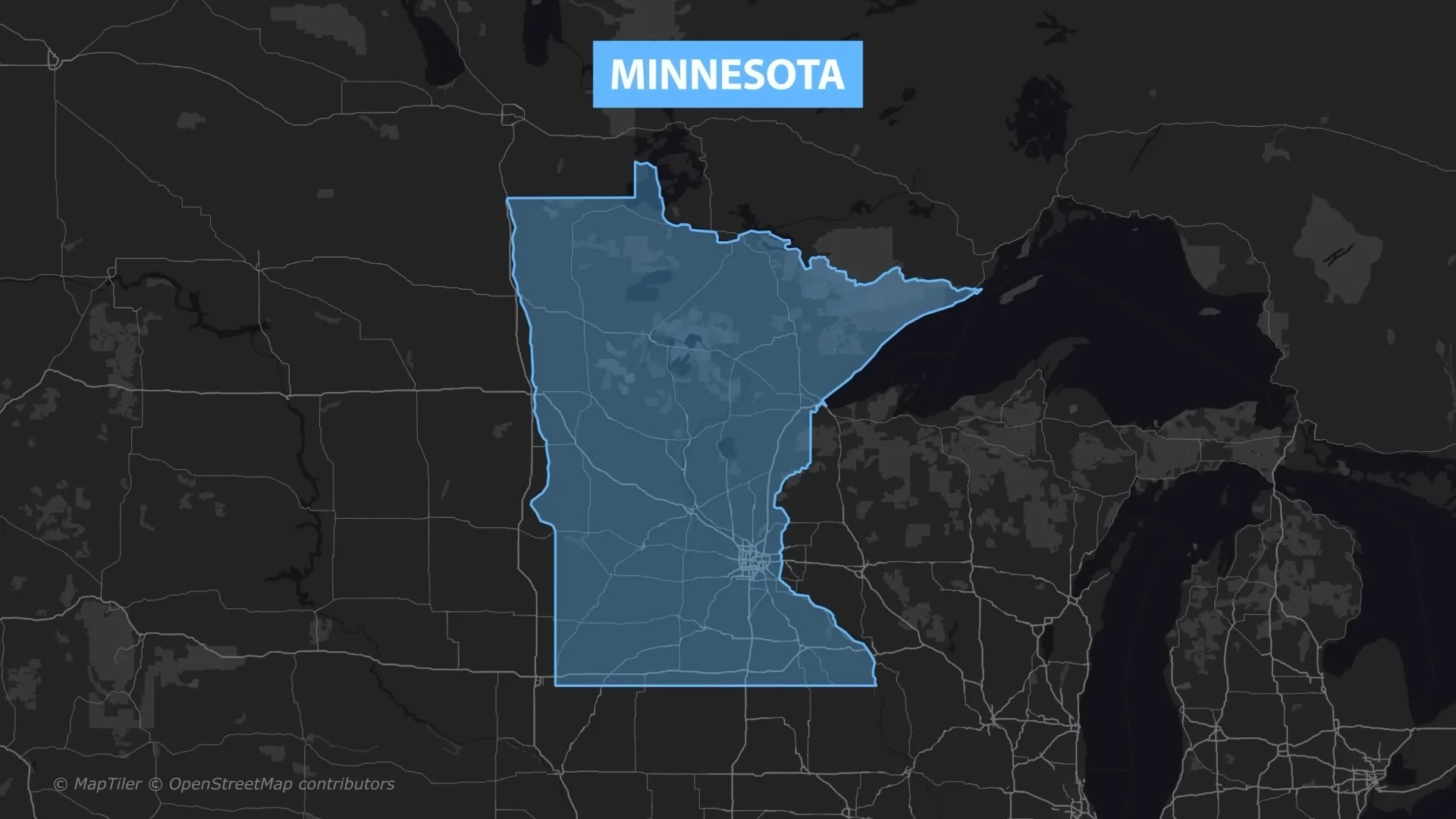
U.S. Christianity Decline Slows, But Generational Shift Continues, Pew Study Finds
WASHINGTON — The steady decline of Christianity in the U.S. appears to be stabilizing, according to a new Pew Research Center survey. While the share of Americans identifying as Christian has dropped significantly over the past two decades, the latest findings suggest the pace of that decline has slowed. The Religious Landscape Study reports that









